800 Ton Hydraulic Press Machine for Car Body Parts, Production Line
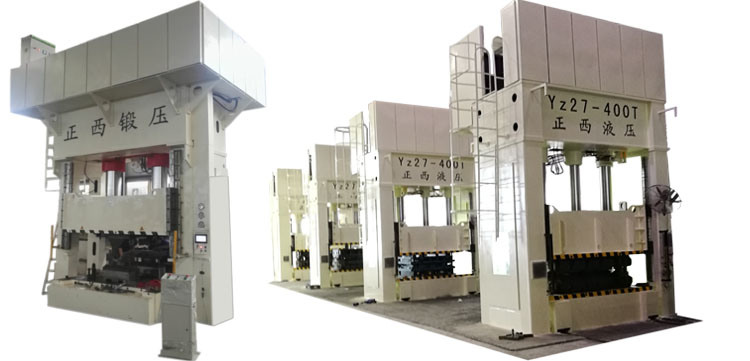
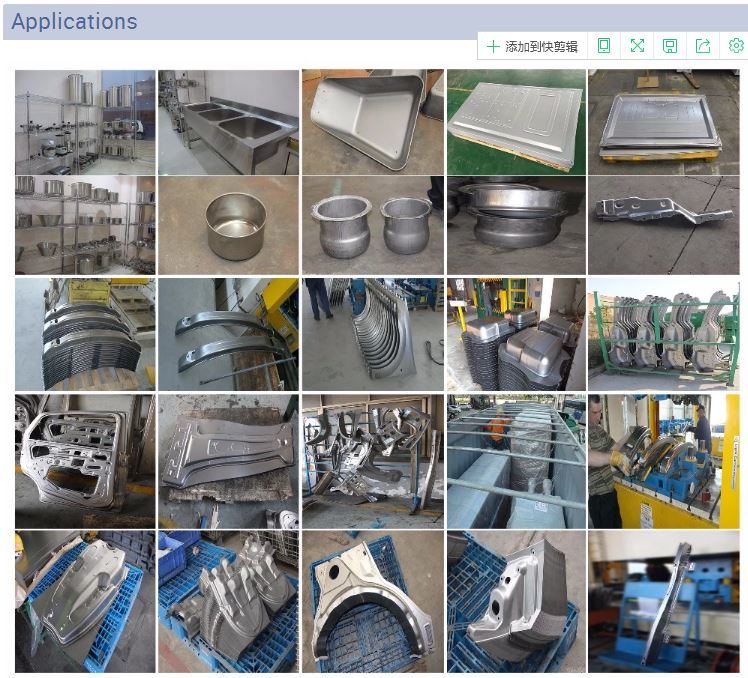
Creating a stainless steel product from scratch involves a complex process that combines engineering, technology, and precision. While millions of people use stainless steel products daily, few understand the detailed steps behind their production. The manufacturing of stainless steel is a fascinating journey that highlights the advancements in material science since the Industrial Revolution. Here are the six most important stages in the production of stainless steel products:
1) Material Handling
Uncoiler – A critical machine at the beginning of the production line, used to hold and unroll steel strips safely. It controls the speed and direction of the metal as it moves through the line for further processing such as slitting or tube mill entry.
2) Forming
Deep Drawing Press – In this stage, semi-finished steel undergoes forming operations. For example, stainless steel is hot-rolled by passing it through large rolls. This transforms raw materials like blooms and billets into bars and wires, while slabs become plates, sheets, or strips. Bars are especially versatile, available in various shapes such as round, square, octagonal, and hexagonal, each suitable for different applications.
3) Heat Treatment
Annealing Furnaces – During heat treatment, stainless steel is heated and cooled in a controlled environment to relieve internal stresses and improve its workability. This step is crucial for ensuring the material's strength and durability. Any slight variation in temperature, pressure, or cooling rate can impact the final quality.
4) Descaling
Pickling – After annealing, a layer of scale forms on the surface of the stainless steel. This is removed through processes like pickling, which uses chemical solutions to clean the metal and prepare it for further processing.
5) Cutting and Punching
The semi-finished, heat-treated, and descaled stainless steel is then cut into specific shapes using mechanical tools such as guillotine knives, blanking, nibbling, and high-speed blades. This stage also includes making tap holes and overflow channels.
6) Finishing and Polishing
Polishing Machine – This final stage ensures the stainless steel product achieves a smooth, aesthetically pleasing finish. It enhances the product’s appearance and makes it easier to clean, which is essential for sanitary applications.
Hydraulic Press 4 Column Hydraulic Sheet Metal Deep Drawing
Features
1. This hydraulic press uses hydrostatic pressure to process various materials including metal, plastic, rubber, wood, and powder. 2. It is widely used in pressing and forming processes such as forging, stamping, cold extrusion, bending, flanging, sheet metal deep drawing, powder metallurgy, and press-fit. 3. Offers significant technical and economic benefits, such as reducing weight, minimizing parts and mold numbers, improving stiffness and strength, and lowering production costs.
SPECS of Yz33
| Model | unit | Yz33-25T | Yz33-50T | Yz33-63T | Yz33-100T | Yz33-160T | Yz33-250T | |
| Clamping Force | KN | 250 | 500 | 630 | 1000 | 1600 | 2500 | |
| Working Layer | Qty | 2~4 | 2~4 | 2~4 | 2~4 | 2~4 | 2~4 | |
| Piston Stroke | mm | 180 | 250 | 250 | 250/250 | 250/250 | 500 | |
| Heating Platen Daylight | mm | 90 | 125 | 125 | 125 | 125 | 125 | |
| Heating Platen Size |
Left-right | mm | 350 | 400 | 500 | 600 | 750 | 900 |
| Front-back | mm | 350 | 400 | 500 | 600 | 850 | 900 | |
| Heating Plate Power | KW | 1.5 | 2.2 | 3 | 7.5 | 11 | 15 | |
| Motor Power | KW | 7.2 | 9 | 10.8 | 33.75 | 45 | 45 | |
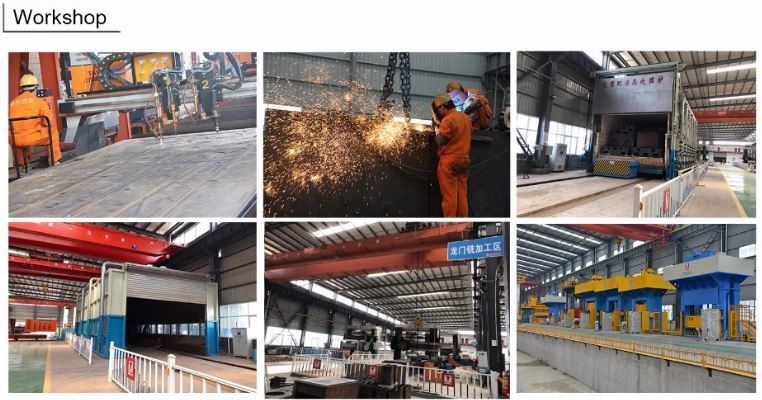

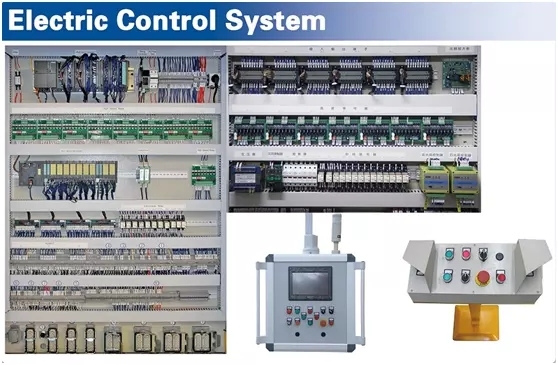
Certificate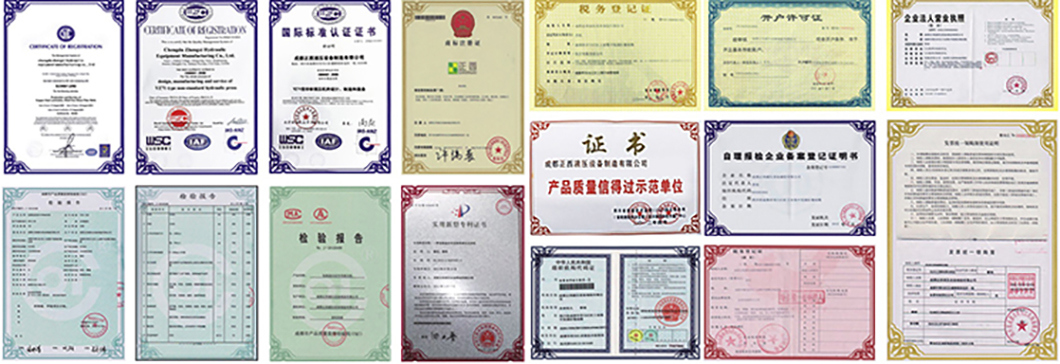
Seal Rolls,Centrifugal Cast Seal Rolls,Centrifugal Casting Bridle Rolls,Centrifugal Casting Conductor Roll
Jiangsu Kinuo Furnace Roller Co., Ltd. , https://www.jskinuoroller.com